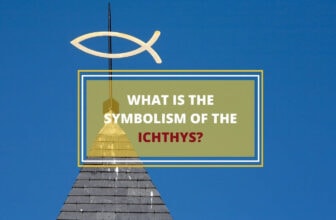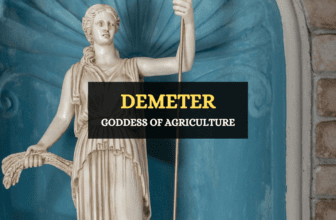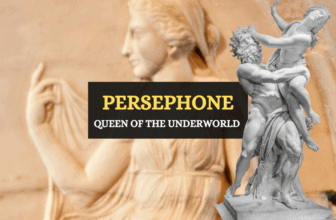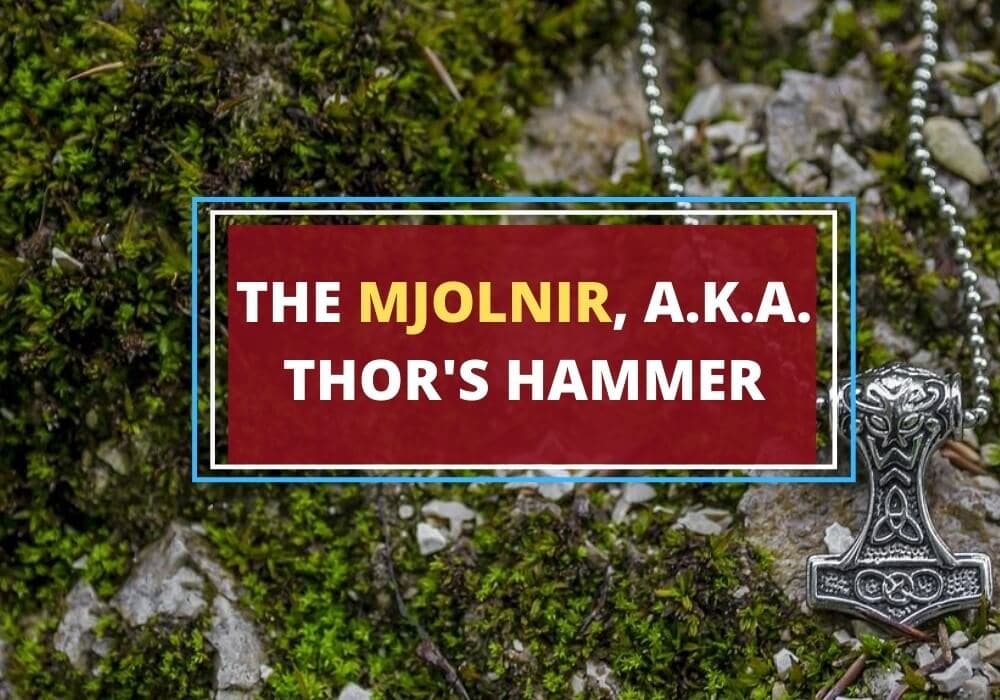
Table of Contents
Mjolnir is the famous hammer of the god Thor, god of thunder, farmers, agriculture, as well as of the Earth’s fertility. His one-handed battle hammer is not only synonymous with thunder and lightning but also holds ceremonial significance.
Amulets shaped like Mjolnir were used in marriage rituals and other important occasions or worn for protection. Even today, it’s a popular motif in jewelry. Thanks to movies and books, Thor’s Hammer is a popular and well-known symbol. Here’s a look at its origins and significance.
What Does Mjolnir Mean?
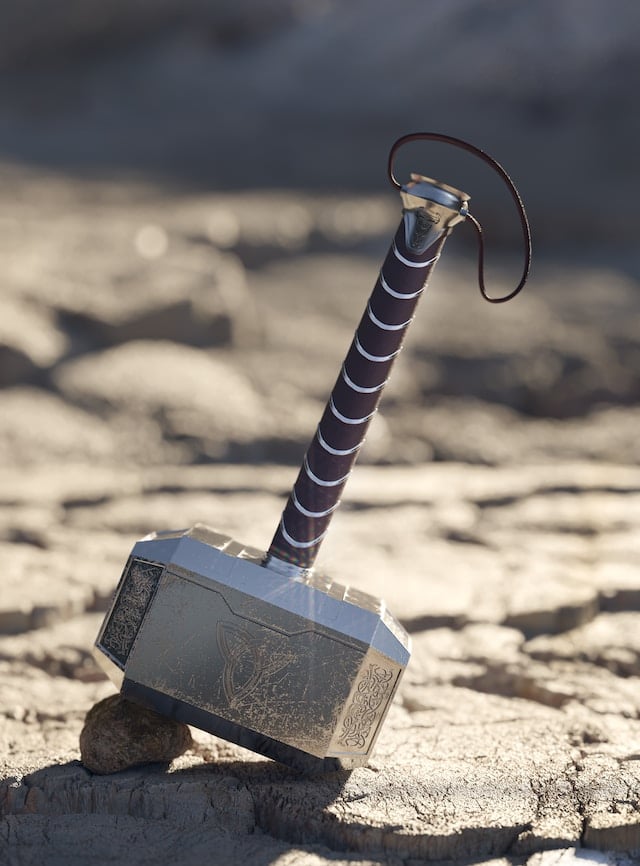
Mjolnir is written differently in the various Scandinavian and Germanic languages. Here are some variations:
- Icelandic: Mjölnir
- Norwegian: Mjølne
- Faroese: Mjølnir
- Swedish: Mjölner
- Danish: Mjølner.
But what’s tricky about it is the pronunciation, as it’s pronounced myol-neer. The term is believed to come from the Proto-Germanic word meldunjaz, which means “to grind”. This would mean the proper translation of Mjolnir is “the grinder” or “the crusher”, an appropriate name for a god’s battle hammer.
There could be another interpretation too, given that Mjolnir is not just a hammer but a “thunder weapon”. Both Thor and his weapon have always been identified with thunder and lightning, so it’s probably not a coincidence that in many Proto-Indo-European languages the words for lightning and thunder seem similar and connected to Mjolnir.
Origins of Mjolnir
As with most other Norse symbols, the origins of Mjolnir symbol can be traced back to the 13th and 14th centuries work of Snorri Sturluson Prose Edda. These accumulations of ancient Norse myths and legends also tell the story of Mjolnir’s creation.
The Backstory:

According to the Skáldskaparmál story in Prose Edda, Thor’s hammer was created in the dwarven realm of Svartalfheim. Funnily enough, its creation was ordered by Thor’s uncle, the god of mischief Loki.
Earlier in the story, Loki had cut off the golden hair of Sif, Thor’s wife. Angered, Thor threatened to kill Loki in revenge, but the god of mischief promised to make things right, go into the realm of Svartalfheim, and ask the dwarves to fashion a new head of hair for Sif.
Thor let Loki go and once in Svartalfheim, Loki asked the Sons of Ivaldi dwarves to perform this task. Not only did the dwarves fashion a new head of hair for Sif, but they also created two more marvels – the deadliest spear Gungnir and the fastest ship Skidblandir.
Even though his task was completed, Loki didn’t leave the dwarven realm immediately. Being the god of mischief, Loki decided to play a trick on two other dwarves, Sindri and Brokkr, by mocking them that they couldn’t create three other treasures as perfect as those made by the sons of Ivaldi. The two prideful dwarves immediately accepted the bet and demanded that if they win, they’d get Loki’s head. Loki accepted and the dwarves got to work.
First, they created the golden boar Gullinbursti which could run better than any horse, including on air and water, and could even give off light in the dark. Then, the two dwarves created Draupnir, a golden ring from which eight more golden rings of equal weight emerged every ninth night.
Creating the Mjolnir:
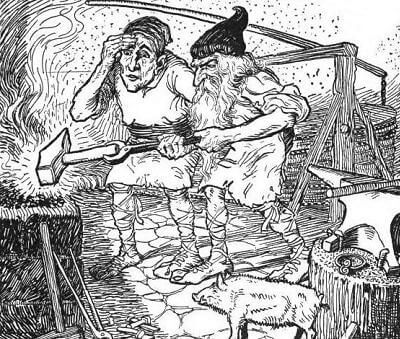
Lastly, the dwarves started working on Mjolnir. Loki tried to spoil the hammer’s design by disguising himself as a fly and biting Brokkr on the eyelids while the dwarf worked, as the god didn’t want the hammer to be a success.
Loki’s mischief worked to an extent, and his distractions were why the dwarf made Mjolnir’s handle so short instead of the standard long handle of two-handed battle hammers. Fortunately, Thor was more than strong enough to wield Mjolnir with one hand, so Mjolnir became the thunder god’s signature weapon.
In the end, Loki returned to Asgard with his life and with not just Sif’s new set of hair but the other five treasures as well. He gave Gungnir and Draupnir to Odin, Skidbladnir and Gullinbursti to the god Freyr, and Sif’s new hair and Mjolnir to Thor.
Symbolism of Mjolnir
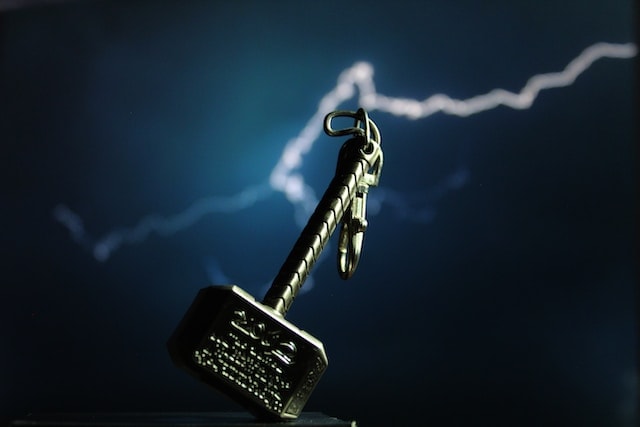
In Norse mythology, Mjolnir carries deep, symbolic weight. It goes beyond being just a weapon of their thunder god. Here are some of its meanings and associations.
- Power and Strength: Mjölnir is the primary weapon of Thor, the Norse god of thunder and one of the most powerful gods in the pantheon. As such, the hammer symbolizes immense strength, power, and the ability to overcome obstacles.
- Protection: Thor used Mjölnir to protect both gods and humans from giants and other threats. Because of this protective role, amulets in the shape of Mjölnir were popularly worn by the Vikings, who believed they would provide protection in battle and everyday life. Even today, this is a popular practice.
- Fertility: Although Mjölnir is a weapon, it also has connections to fertility. Thor was also a god of fertility and agriculture. Amulets of Mjölnir were sometimes used in marriage rituals, likely as a symbol to bless the union with fertility and abundance.
- Order vs. Chaos: In many myths, Thor uses Mjölnir to combat giants and monsters, forces of chaos that threatened the cosmic order. In this way, the hammer can symbolize the ongoing struggle between order and chaos, or between civilization and nature.
- Sacredness and Divinity: The creation of Mjölnir itself is a tale of divine craftsmanship. The hammer’s divine origin emphasizes its sacred nature and its role as an instrument of the gods.
- Identity and Recognition: In modern times, especially after the surge of its portrayal in comics and movies, Mjölnir also represents a symbol of identity. Thor’s worthiness to lift the hammer is a central theme, suggesting themes of honor, righteousness, and moral character.
- Cultural Identity: With the revival of interest in Norse mythology and the global spread of its tales through media, Mjölnir has also come to symbolize Norse cultural identity and heritage.
Mjolnir and The Triquetra Rune
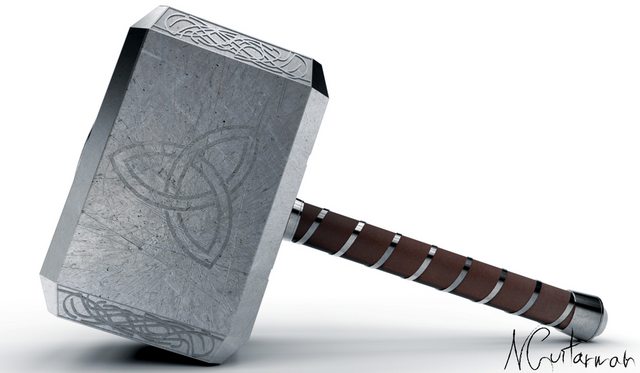
In many depictions of Thor’s hammer, the hammer is depicted with a triquetra symbol engraved on it. This triangular symbol formed by three interlaced arcs is similar to Odin’s Valknut symbol. It also resembles three overlapping Vesicas Piscis lens shapes that are so important in Christianity. The triquetra was later adopted by Christianity to represent the Holy Trinity. In the Norse myths, it’s said to represent three of the nine realms, Asgard, Midgard, and Utgard.
Mjolnir in the Modern Age
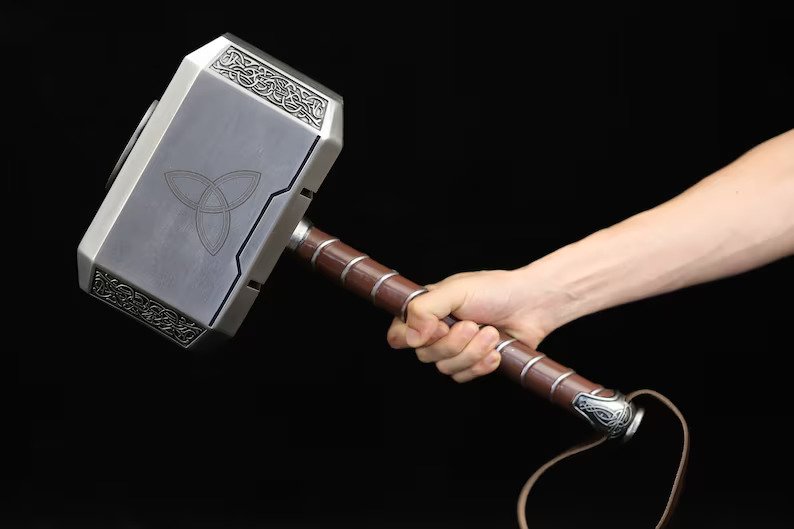
Like many other old Norse symbols, Mjolnir has been used by some Neo-Nazi groups as a symbol of strength and their ancient Norse heritage. For a while, Mjolnir was even listed as a “hate symbol” by the Anti-Defamation League. Fortunately, Mjolnir has since been removed from that list as it still has lots of other uses as well.
Many practitioners of Germanic Heathenry, known as Asatru, revere the symbol, most often fashioned into small pendants and amulets. The “Hammer of Thor” was also added to the list of United States Department of Veterans Affairs emblems for headstones and markers in 2013.
Thor’s hammer has also made its way into modern pop-culture through Marvel comics and the latter MCU (Marven Cinematic Universe) where the comic-book version of Thor wielded the one-handed thunder hammer.
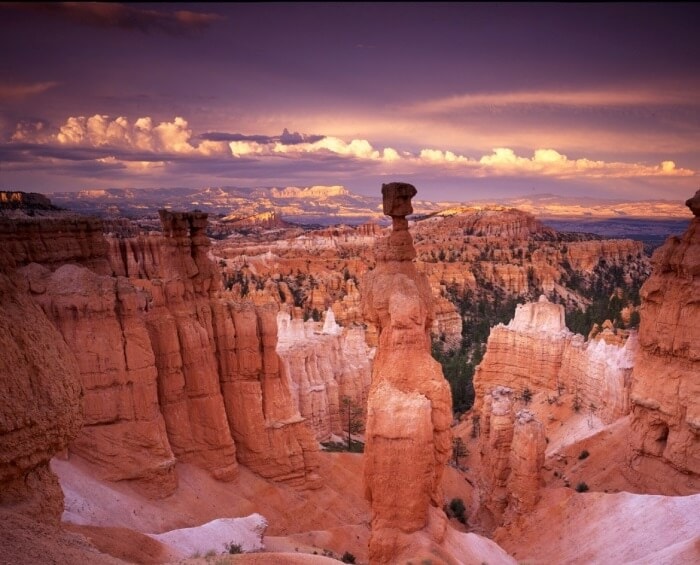
Thor’s Hammer is also the nickname for a Hoodoo, which is a naturally formed thin pillar of rock, found in Bryce Canyon National Park, Utah. The unique formation sits high among the rocks. When you look at it, it really does look like Thor has just laid his hammer to rest atop a massive rock formation.
The Mjolnir is also a popular symbol for pendants, jewelry and fashion. Like many of the Norse symbols, this too has a masculine feel to it, but is worn by both men and women as a symbol of power, strength and fearlessness.
In Brief
So, as this discussion has shown, Thor’s Hammer is a powerful weapon in Norse mythology and a mighty metaphor and symbol of Norse heritage. Mjolnir continues to be highly popular in fashion, decorative items and in popular culture.
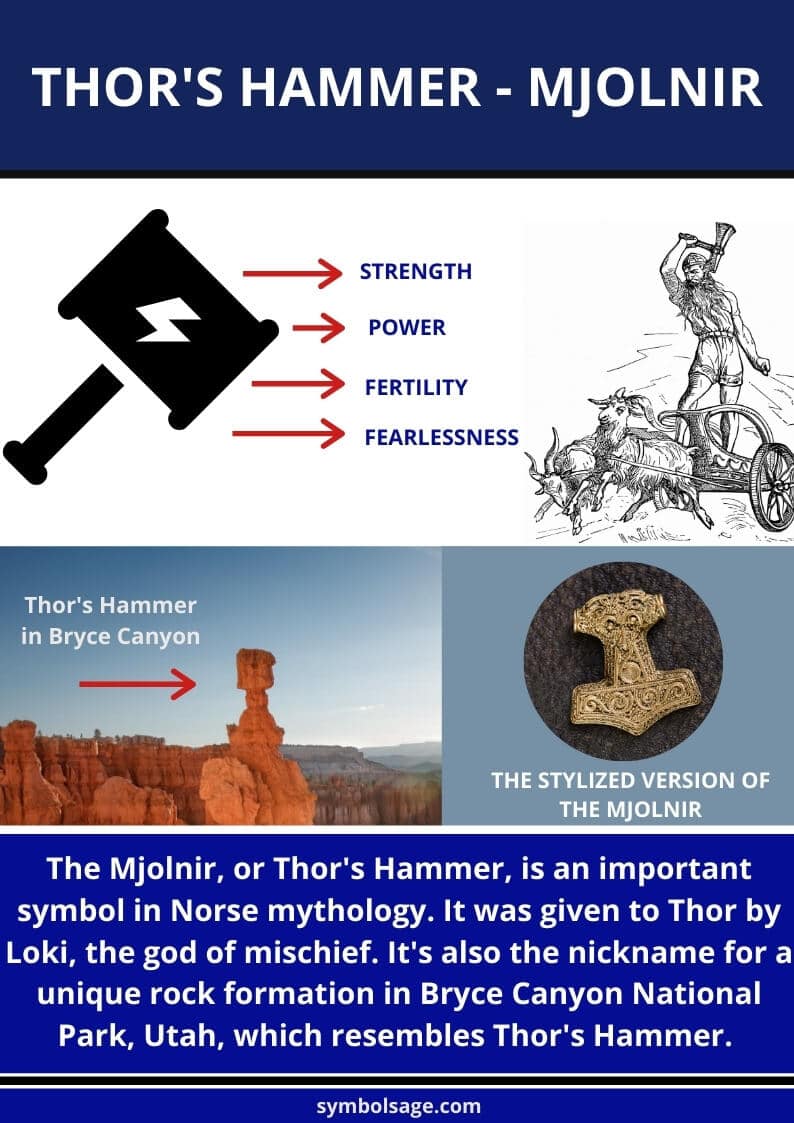
Related articles
Thor –Norse God of Thunder, Strength, and Farming
Odin – The Allfather God of Norse Mythology
The Arrow as a Symbol: A Deep Dive into Its Meaning
Spiral Goddess – What This Symbol Really Means




